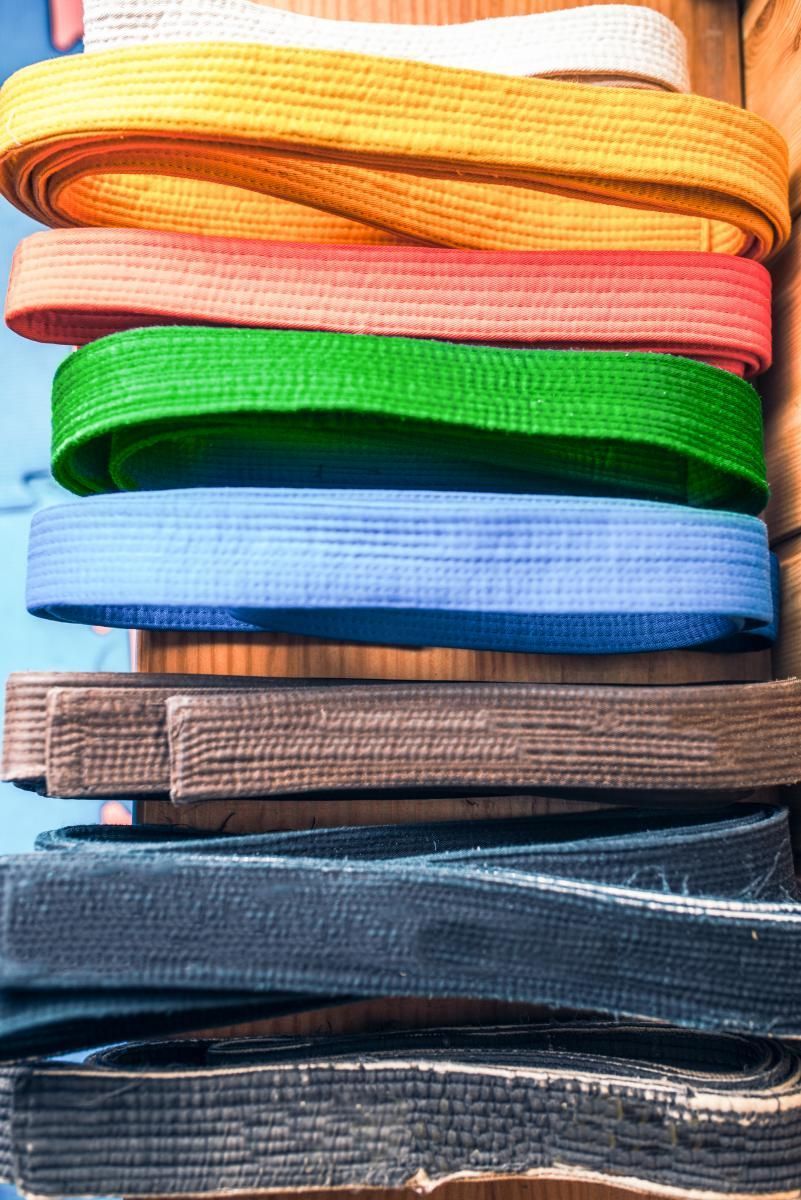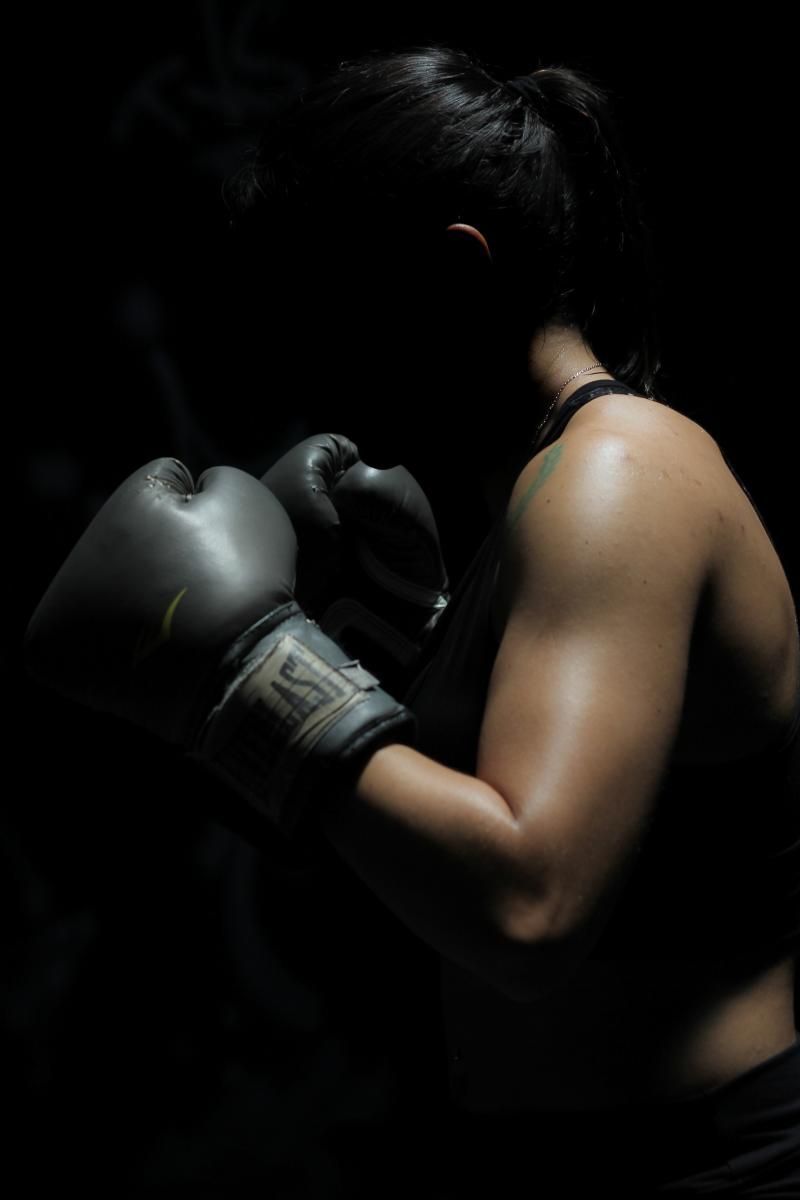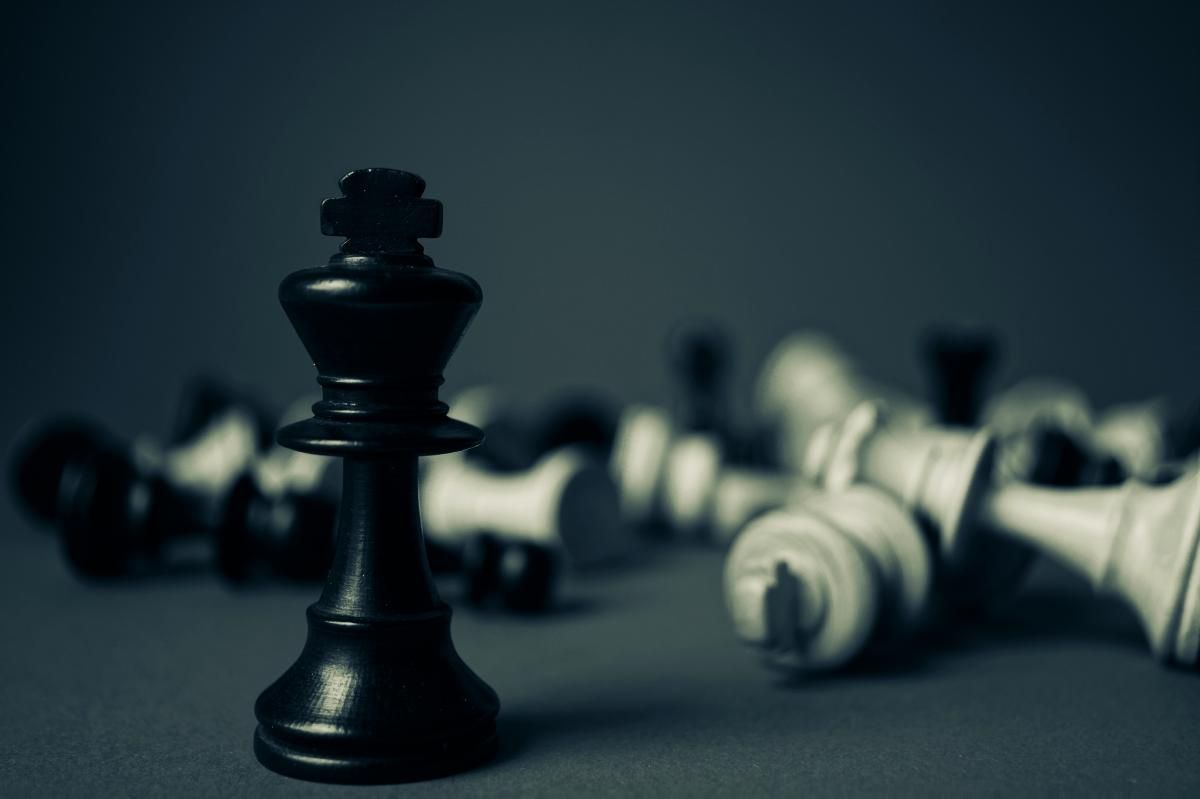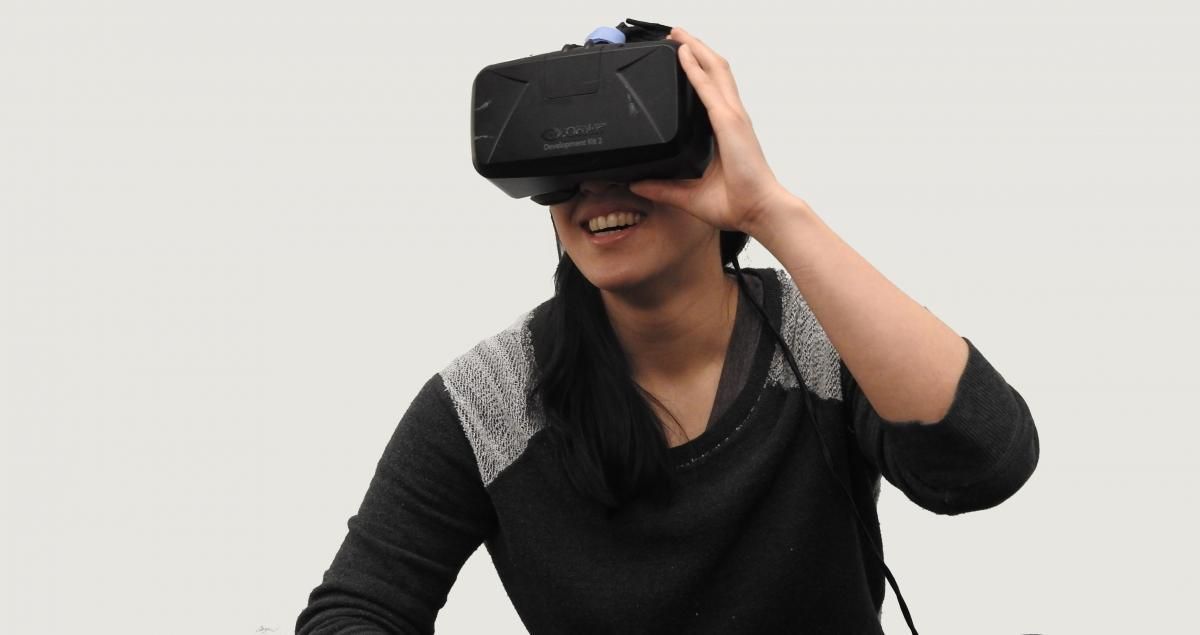Why “resisted practice” is fundamental to successful corporate training.
I recently commented on some of the lessons that corporates can learn from the training techniques adopted by Alex Honnold before he successfully free-solo climbed El Capitan in Yosemite National Park (i.e. without safety equipment). Scaling this 3000 ft rock wall was a monumental feat fully re-told in the National Geographic documentary of the climb (“Free Solo”). The point I tried to make is that learning requires practice and the closer the practice simulates the demands of the “real job” the more effective the training is likely to be.
This is an over-simplification, however corporates too readily deploy value-destroying training solutions in an attempt to build capability, perhaps based on cost-considerations, time-scarcity, lack of understanding or incomplete specialist guidance. This article expands on the critical role of practice and simulation in effective corporate training. My lack of mountaineering knowledge though dictates that I switch sporting analogies to martial arts. Sporting analogies neatly parallel training to support real work outcomes (i.e. fighters train to compete against one-another to win a match: “real-work”), even if we have to make assumptions of equivalence between learning new motor-skills and behaviours. I will try not to stretch the point to far! So, let’s begin.

In 2017 a controversial fight happened in China between two martial arts practitioners. One fighter represented the traditional Dragon School of Thai Chi and the other was a practitioner of Mixed Martial Arts, popularised by the Ultimate fighting Championships (UFC) in the USA. The referee declared the MMA fighter victorious in a few short minutes. Many people have argued that the outcome of this fight was simply a one-off or that the fighters weren’t physically well matched. Indeed, controversy around this fight continues to rage in China as it flies in the face of traditional martial arts culture. However, for me the result was completely unsurprising.
Part of the explanation is that MMA fighters engage in “resisted practice”(note 1), whereas most Thai Chi practitioners focus on solo practice of the the various katas (unopposed and choreographed pattern of fighting movements). Resisted practice is not an actual fight, but it does pit trainees against one another to practice techniques. The important point is that the trainee’s opponent actively tries to “win”. It’s this approximation of the opponent’s movements and energy to the real fight situation that allows the trainee to actively hone their skills.
The most significant components of fighting success lies in a complex combination of the attributes of the fighter, the martial arts specialism itself and the training technique deployed i.e. its not just about the superiority of one fighting style over another. From a pedagogy perspective, for example, we know that a martial arts practitioner who consistently trains against a live opponent will consistently beat one who does not. For example, Brazilian Jiu Jitsu practitioners routinely beat Japanese Jiu Jitsu opponents (who don’t typically use resisted practice). But perhaps, more telling is the simple fact that professional competitive full contact martial arts (MMA, wrestling, boxing and Muay Thai) all rely on variants of resisted practice as a cornerstone of their training approaches. If you doubt the relevance of this observation, my question to you is simply this: if you had to train for a professional fight would you a) follow the wisdom of choreographed training (e.g. Aikido or Systema) who rarely put their skills to the test in the ring or b) the wisdom of the professional fight disciplines whose survival depends on their fighting skills? (Note 2).
The question, of course, is why does resisted practice offer such a significant advantage (note 3)? There are obvious parallels in the closeness of the resisted practice to the real fight situation. This allows the practitioner not only learn techniques, but to test them out in an applied setting. From the immediate feedback the practitioner is able to correct the technique and to learn across what range of situations the technique is effective. This allows ineffectual techniques to be abandoned and those with potential to be further refined. Additionally, it allows complexity to be built progressively as skill levels increase, and new and more complex techniques can be trained. Resisted practice also allows connections to be made across a range of techniques, range of opponents and different situations. By linking patterns of behaviours together the practitioner has the greatest chance of success in unpredictable and novel real world application (i.e professional fights).

Another key element relates to how resisted practice allows the practitioner to balance risk and safety. Learning is optimised at the edge of chaos and resisted practice closely approximates “edge of chaos” conditions. In BJJ, for example, if you practice with someone a little bit more experienced then you are always stretching the limits of your competence (in chaos), but if the pressure gets too great you can simply “tap” and your opponent will release their hold. So, resisted practice allows the trainee to have one foot in chaos (danger) and one foot in order (safety) during their practice sessions. This not only facilitates the acquisition of new BJJ skills but also builds supporting domain relevant capabilities (e.g. risk perception, judgment, resilience etc.) and situational familiarity (i.e. confidence).
Finally, success ( i.e. winning) creates adaptive/evolutionary pressure on the very nature of the game/job itself (i.e. the skills-set that win a professional fight). Resisted practice, as the corner-stone of training methodology, is responsible, in part, for this progressive evolution. For example, in mixed martial arts Royce Gracie dominated in the early 1990’s beating much larger and heavier opponents with his background in Brazilian Jiu-Jitsu (BJJ). Today’s MMA’s top fighters’ skill-sets are much more balanced between stand-up and ground fighting. But these adaptive trends can also be seen across the whole professional fighting arena e.g. boxing and BJJ.
In summary, resisted practice closely approximates optimised learning conditions. After a practitioner has tried a technique in variants of the same situation numerous times they have built new skill-sets and learned what works best for them i.e. when they get hurt, or loose a fight, they rapidly move on and test-out new techniques. Perhaps most importantly, the martial artist is able to incorporate and build from core principles, so by the time they become “expert” they fight with their own unique style i.e. the one that works “best” for their body type, athleticism, strength, mindset and application environment. This is true mastery and it results in the nature of the game itself being changed (the outcome of the flawless execution of choreographed fighting arts, of course, does not).
So what are the key lessons from effective martial arts training that we can draw on to inform corporate training practice:
1. Continuous practice is central to the development of any new capability, new neurological connections simply have to be built. The bigger the “actual” to “desired” gap, the more practice is required. You are doing well if you become a BJJ black-belt after a decade of dedicated practice. Why would we assume building effective leadership capability is any less onerous.

2. Effective training creates an adaptive pressure on the nature of the job itself. This pressure alone necessitates the requirement for life-long and continuous learning. Of course, today more significant adaptive pressure is created by changes in the commercial environment. The point though, is that effective training can create competitive advantage and this advantage is hard to replicate given the state of current development practice (which is more akin to the choreographed martial arts)
3. An optimised learning environment that supports training at the edge of chaos is key. It should also be clear that what feels like the “edge of chaos” is different for all of us. The requirement to personalise training is hard to avoid.
With fighting, as with soldiering, the “real” job makes up only a small proportion of the total work-time spent i.e. they are “training-heavy” and “work-light” which is opposite to the corporate world. It’s a much longer debate, but let me just say the risks of mistakes in most of our jobs isn’t that high (i.e. we don’t get hurt or die) corporates who fully grasp that learning has to happen in work (time is scarce and the nature of work increasingly too unpredictable) and are prepared to invest in a culture that recognises training and performance are “opposite sides of the same coin” have enormous, and difficult to copy, potential to win their particular game. I once worked (briefly) with a Head of HR who asked where “his army was” (presumably one made up of the most competent soldiers, who would die for the cause). My answer was “unrealised somewhere in a culture which only reinforces one dimension of performance”. I wish I’d been more constructive, but today’s fast changing environment learning is work and work is learning.
4. Where high performance is necessary the learning cycle that allows for continual testing, feedback, modification and retest cycle is critical. This learning should simulate core elements of the job, build from core principles and be adapted to an individual’s own capabilities and situation as their capability progresses. In a training environment using simulations and “laddering” complexity is fundamental, but as learning has to continue in work, the “scaffolding” supporting continual practice has to be in place and a permanent feature of organisational culture (note 4).

5. Training activities which closely approximate work (e.g simulations) or bridge the gap into work (e.g action learning and coaching) most closely match the characteristics of resisted practice. Consequently, we shouldn’t be surprised that these techniques are among the most effective at a learning practitioners disposal. Equally, though we shouldn’t be surprised to discover that passive (e.g. lectures) and pure choreographed training techniques (e.g. role-play) by themselves are likely to be relatively ineffectual.
6. In Martial arts, the learner isn’t passive in the “success” of resisted practice. Clearly, they are motivated to train, but even then it is possible for the “red mist” of competition to descend and consequently the relevant learning too difficult to extract. So, the more subtle point is that trainees have to “learn how to learn” and in doing so learn how to gain the most from the practice. BJJ coaches, for example, encourage students not to be too reliant on adrenaline fuelled behaviour (e.g. strength/force) but instead to focus on technique, using leverage points and their opponent’s centre of gravity to gain the advantage etc. ( i.e. the skill set being learned). Suffice to say the trainee’s approach and mindset is critical to success (e.g. openness to feedback, reflecting on the experience and willingness to experiment with new behaviours etc.)
(Pilot training img)
7. The key lesson though from resisted practice is that the gap between work and effective learning should be as “paper thin” as we can make it. The near future holds the promise of real time augmented/simulated training based on actual job performance and capability levels. Variants of this already exists for some roles e.g AI monitoring of customer call handling in bank service centres, and will only get more sophisticated. These technologies really do offer the offer potential to revolutionise our existing approach to training (i.e. Real-time, in work and employee-centric) to close actual performance gaps.
More importantly, given that the cost of mistakes is relatively small in most work situations, there is little to stop us fully connecting performance and continual learning. It’s simply a question of the culture we choose to create i.e. We should strive to build a culture where continual practice is encouraged and supported. For many organisations the block is undoubtably the traditional perceptions of boards/senior leaders, the prevailing culture and current managerial performance coaching capability. Of course, the commercial landscape is competitive and it necessitates performance, accountability and consequence. My previous point though, about performance and learning being opposite sides of the same coin is key. Continual practice across all real-work situations is the way to build the most competitive culture and most highly skilled employees in the market.

To conclude, passive choreographed training methodologies and cultures which don’t support work-place learning get us exactly what we deserve i.e. at best, a nice warm feeling and fantasy uplifts in performance. If you want your learning to be more Brazilian Jiu-Jitsu than Thai Chi then it may be time to help your board and senior leadership team revisit some of their assumptions about effective training and building a performance culture.
As always, comments and thoughts welcome.
Note:
1) I’ve use the term “Resisted practice” throughout as I think it makes more sense in the Corporate world. But the idea draws heavily from Brazilian Jiu-Jitsu Coach Matt Thornton who first coined the term “aliveness”. His current view is expressed in “It’s Aliveness – Still” Matt Thornton 2017, www.Mattthornton.org.
2) The effectiveness of different martial arts schools provokes endless debates amongst martial arts practitioners themselves. Training techniques vary widely from dojo to dojo. My comments about different martial arts are general observations about the typical type of training offered and my understanding of utility judged by effectiveness in professional combat situations (where discipline has been pitted against discipline).
3) Another version of a similar idea (and more heavily academically referenced) was published in 2017. Critical Thinking, Pedagogy, and Jiu Jitsu: Wedding Physical Resistance to Critical Thinking; Peter Boghossian, Allison White, Dustin Sanow, Travis Elder & James Funston
4) The corporate culture commentary draws from “An Everyone Culture: Becoming a Deliberately Developmental Organization” by Robert Kegan, Lisa Laskow Lahey, Matthew L Miller, Andy Fleming, Deborah Helsing, 2016.
5) Thanks to the insights from my martial arts coaches here in Shanghai – Ramsey Dewey and Yunus Emre Karasakal.
6) Thanks to Andrew Fox, Nick Anderson, Gail Caldwell & Pam Smart for helping me clarify my thinking.


